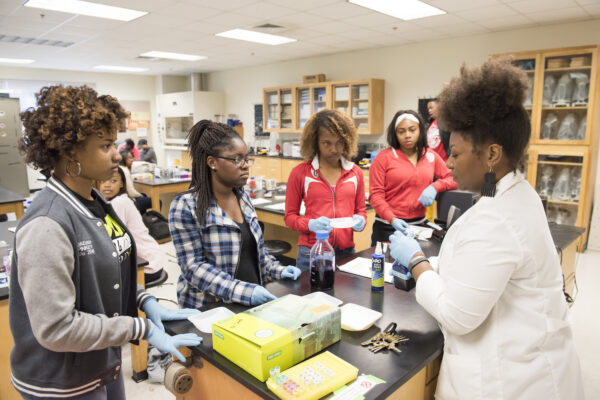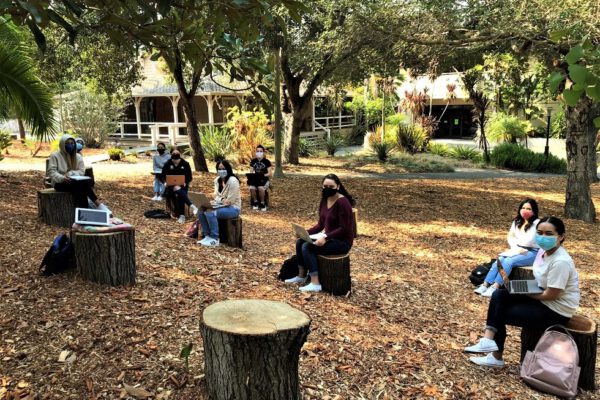Report Shows Educational and Economic Impact of HBCUs
Title: HBCUs Punching Above Their Weight
Source: UNCF
Author: K.M. Saunders and B.T. Nagle
A recent report released by UNCF examines enrollment and graduate outcomes at Historically Black Colleges and Universities (HBCUs). According to the report, HBCUs make up only 3 percent of all postsecondary institutions and 8.5 percent of the nation’s four-year institutions, but graduate about one-third of all Black STEM degree seekers and one-quarter of Black bachelor’s degree seekers overall.
The authors finds that, in 2016, nearly 24 percent of Black undergraduates pursuing a bachelor’s degree were enrolled in an HBCU. The report concludes with a state-by-state analysis highlighting enrollment, completion, and economic impact data for each of the 21 states and territories that have HBCUs.
Click here to read the report.
—Ben Schaap
If you have any questions or comments about this blog post, please contact us.


